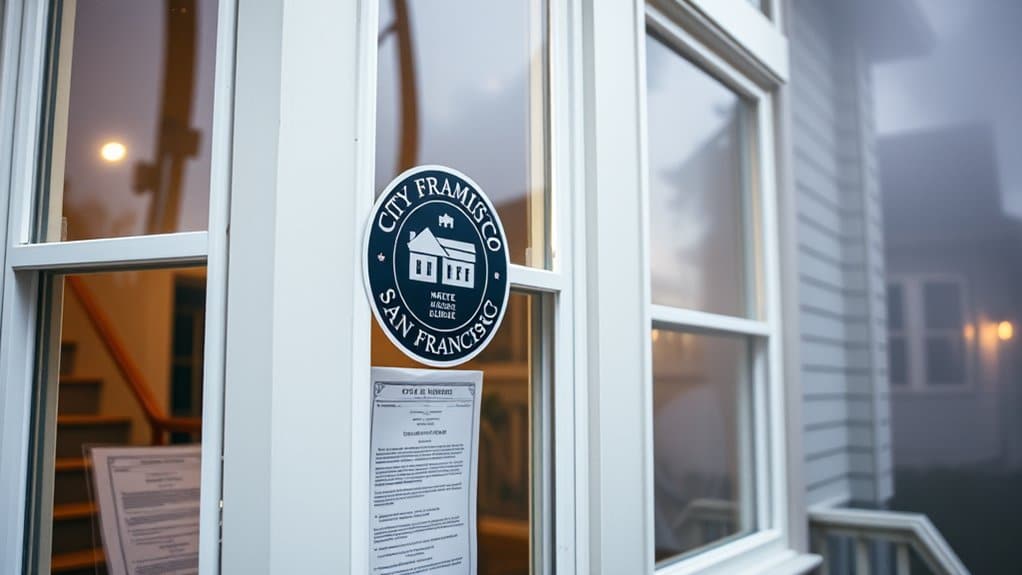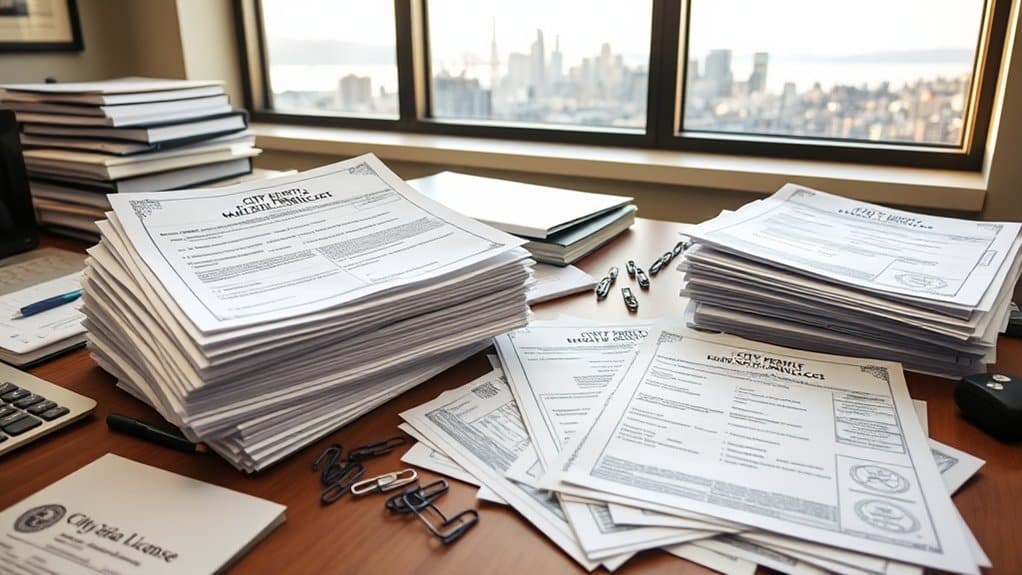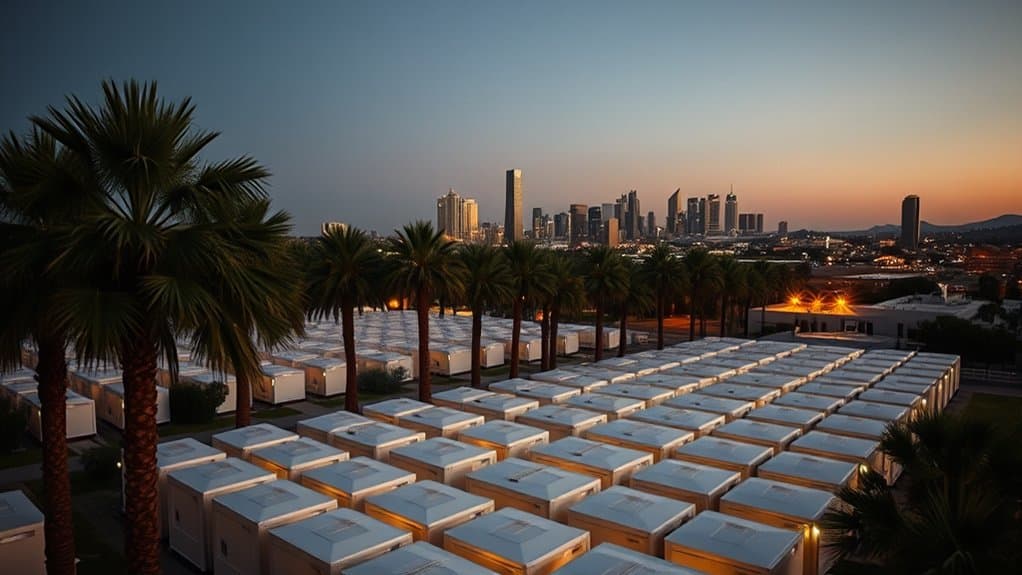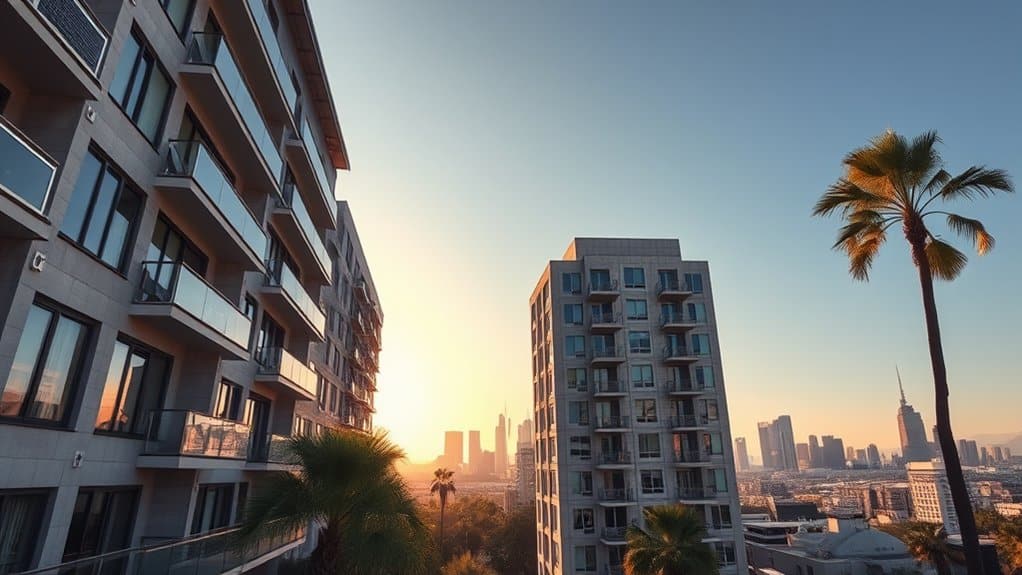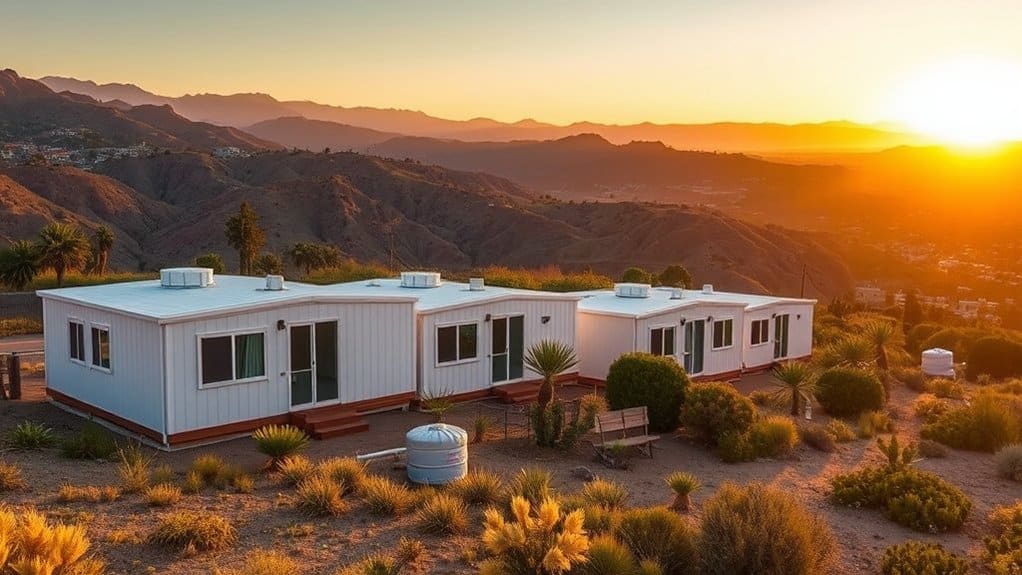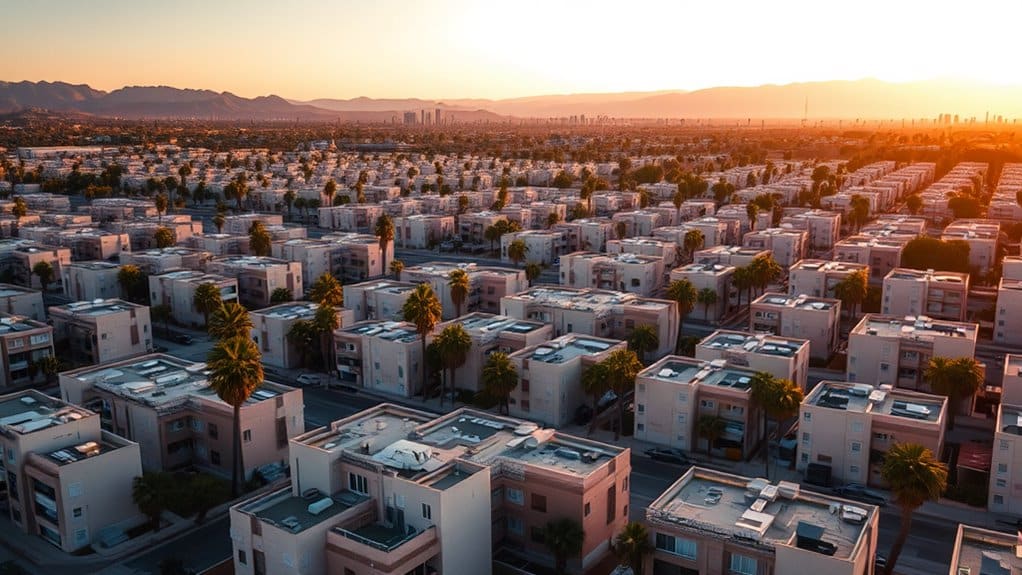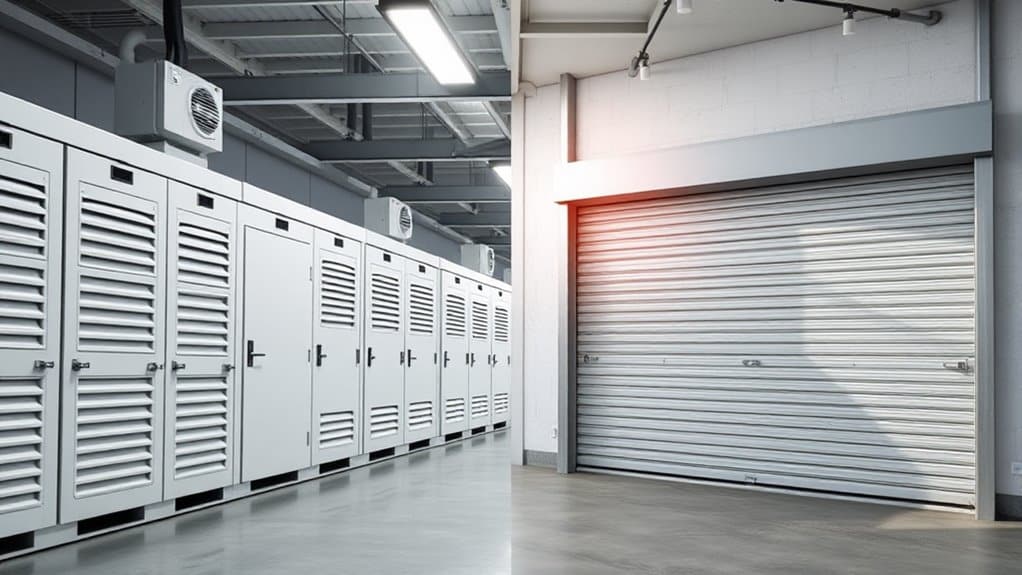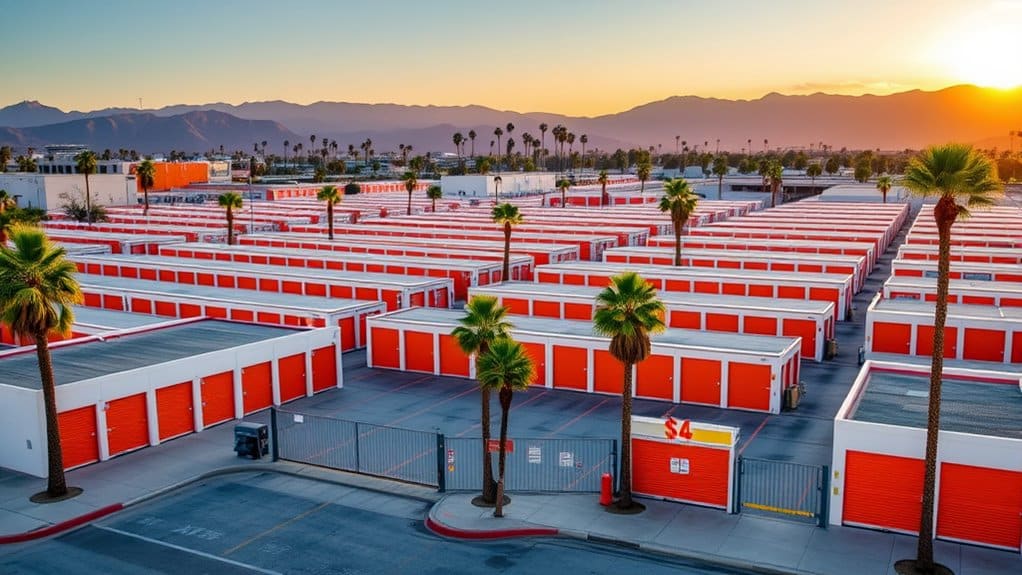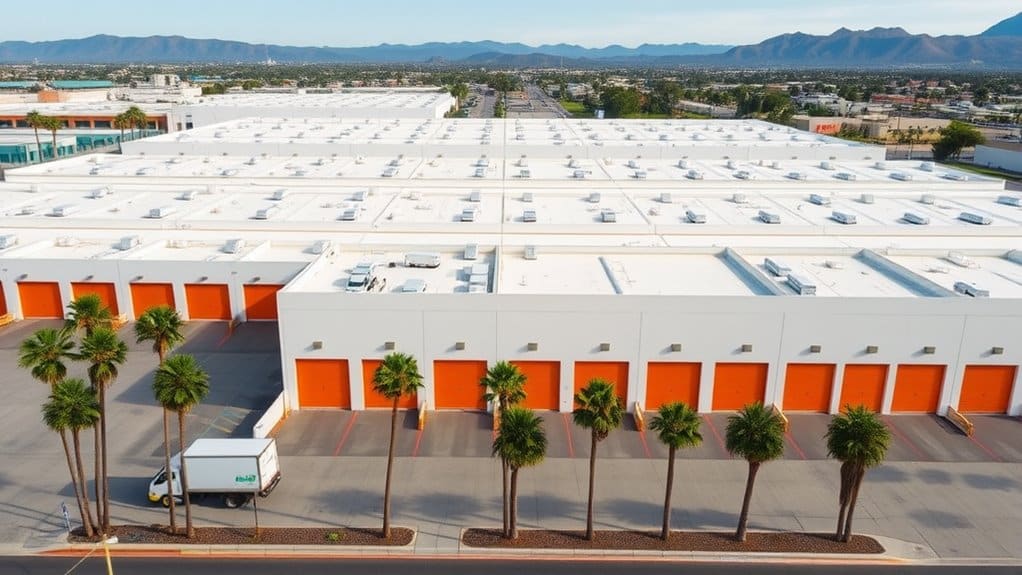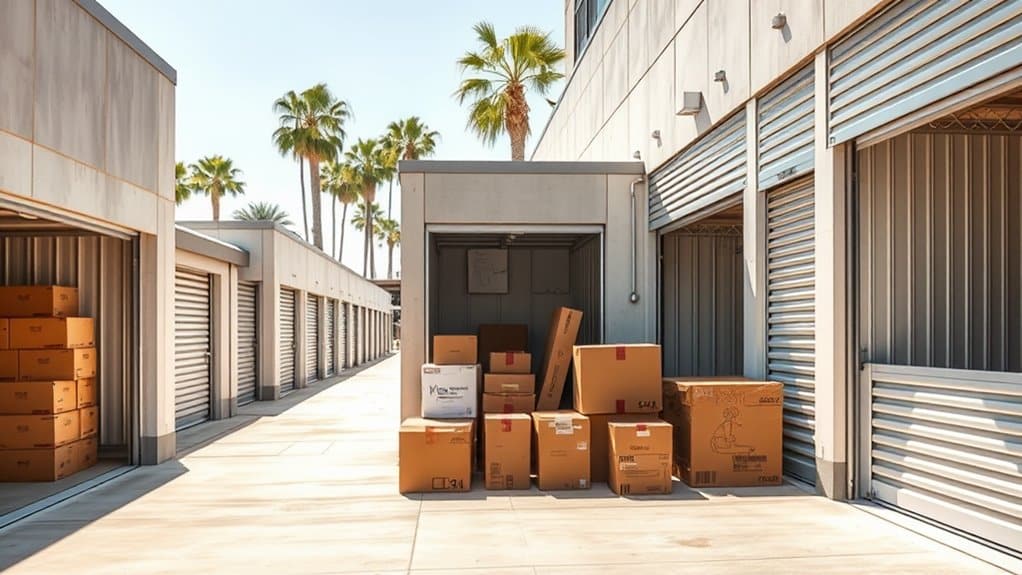Setting up utilities in your New York home requires careful planning and coordination with multiple providers. You'll need to contact major companies like National Grid, PSEG Long Island, or Con Edison for electricity and gas services, depending on your location. Schedule essential connections at least two weeks before moving in, and gather required documents including your Social Security number, government ID, and proof of residency. Contact utility providers' emergency services (available 24/7) for immediate issues like power outages or gas problems. For the best rates, consider exploring Energy Service Company (ESCO) options after establishing your primary accounts. Understanding local service providers and proper timing will guarantee a smooth changeover into your new home.
Know Your Utility Providers
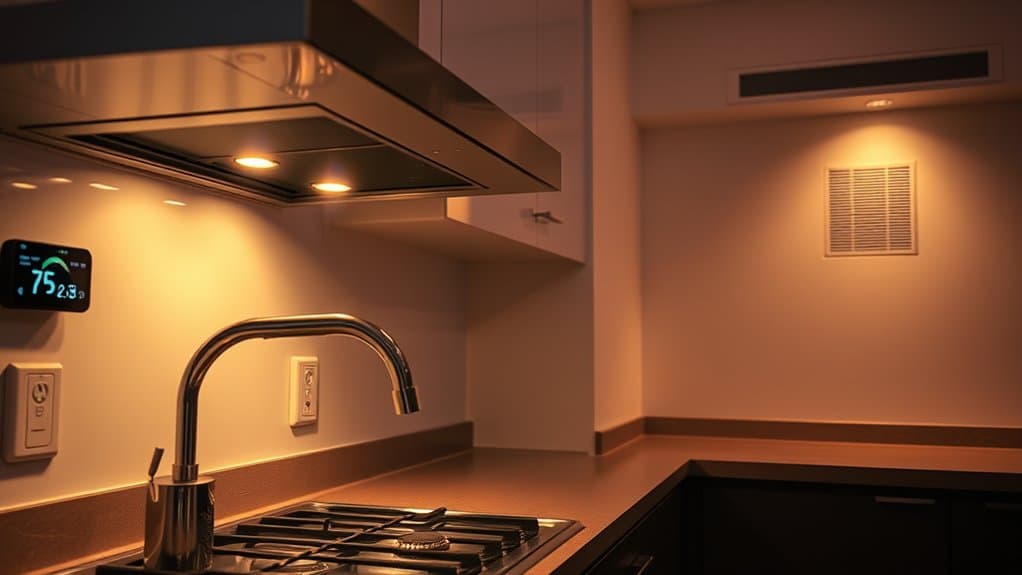
Three main types of utility providers serve New York residents: major utility companies, electricity providers, and gas suppliers. When making utility provider comparisons, you'll find that companies like National Grid and PSEG Long Island operate across multiple regions, while others focus on specific areas.
For example, Con Edison primarily serves NYC, while Central Hudson covers the mid-Hudson Valley region. Many customers can choose from diverse energy options including gas, electric, or combined services through authorized suppliers. Emergency services are available 24/7 through providers like Con Edison for any power outages or gas-related issues. It's essential to schedule installations at least two weeks before your move-in date.
Service reliability assessments show that most major providers maintain extensive networks and emergency response systems. You'll want to identify your local utility companies based on your specific location, as service areas don't overlap.
Keep these companies' contact numbers handy: National Grid (1-800-930-5003 for Long Island, 1-800-642-4272 for Upstate), PSEG Long Island (1-800-490-0025), and Con Edison (1-800-752-6633) are among the most prominent providers you'll encounter.
The Essential Setup Checklist
Starting your utilities at the right time is essential, so you'll want to schedule service connections at least one day before your move-in date, ensuring everything's ready when you arrive.
You can track your setup progress by creating a simple checklist that includes each utility provider's contact information, required documents, and target activation dates. Contact previous owners to gain valuable insights about local service providers and cost management strategies. It's also wise to confirm due dates for rent payments to help manage your budget effectively.
As you complete each setup task, mark it off your list and file the corresponding paperwork in a dedicated folder, making it easy to reference important details later.
Remember to include changing the locks on all exterior doors as one of your first priorities when setting up your new home.
Prioritize Service Start Dates
When setting up your new home in New York, organizing utility services in the right sequence can make your move-in process much smoother.
You'll want to focus on service importance by scheduling essential utilities like electricity and water first, as these form the foundation of your daily living needs.
Start by contacting Con Edison or your local power provider to guarantee electricity will be active on move-in day.
Next, coordinate with the NYC Department of Environmental Protection for water service, and reach out to National Grid if you need gas.
You can often set up these core services remotely, which increases scheduling efficiency.
Schedule technician-required installations, like internet service, for the day before or day of your move.
Remember to store your account information securely and set up your preferred payment method for each utility.
Track Your Setup Progress
To stay organized during your NY home setup, maintaining an extensive checklist helps prevent overlooking critical tasks.
You'll want to divide your setup milestones into essential categories: immediate needs, safety equipment, kitchen setup, and outdoor maintenance.
Start by tracking your progress on utilities and basic safety measures, guaranteeing you've activated electricity, water, and internet services while installing smoke detectors and new locks.
Next, focus on your kitchen and living spaces, confirming all appliances work properly and necessary items are unpacked.
For effective progress tracking, create separate lists for indoor and outdoor tasks, marking off completed items like window treatments and garden tool purchases.
Don't forget to document maintenance inspections, including roof checks and window cleaning, to guarantee you're addressing both immediate and long-term home care needs. Additionally, consider obtaining moving insurance to protect your belongings during the transition process.
Service Availability By Location

Service availability for your New York home varies considerably by location, with different providers serving specific regions throughout the state.
When you're comparing service areas, you'll find that Con Edison primarily serves NYC, while National Grid covers upstate and western New York. If you're in the Mid-Hudson River Valley, you'll work with Central Hudson, and NYSEG serves about 40% of upstate New York.
Your provider options also depend on where you live. In NYC, you can choose between Spectrum, Verizon, or Optimum for internet and cable services.
For utilities like water, you'll need to check with your local municipality, as more than 230 companies provide water services across the state.
Remember that once you've established your primary utility account, you can explore ESCO options for potentially better rates.
Timing Your Utility Setup
Once you've identified your local service providers, mapping out a timeline for utility setup becomes your next key step.
You'll want to start scheduling appointments at least a month before your move-in date, prioritizing essential services like electricity and water.
Begin with utility activation requests for basic services, which typically need 24 hours to process but should be scheduled a week in advance.
For internet and cable services that require technician visits, schedule these appointments for the day before or day of your move.
Don't forget to prepare all necessary information, including your exact address and unit number, when contacting providers.
It's best to have your utilities activated one day before moving in to guarantee everything's running smoothly when you arrive at your new home. Additionally, be mindful that booking movers early can help secure your preferred dates and rates, especially during the busy season.
Required Documents For Applications
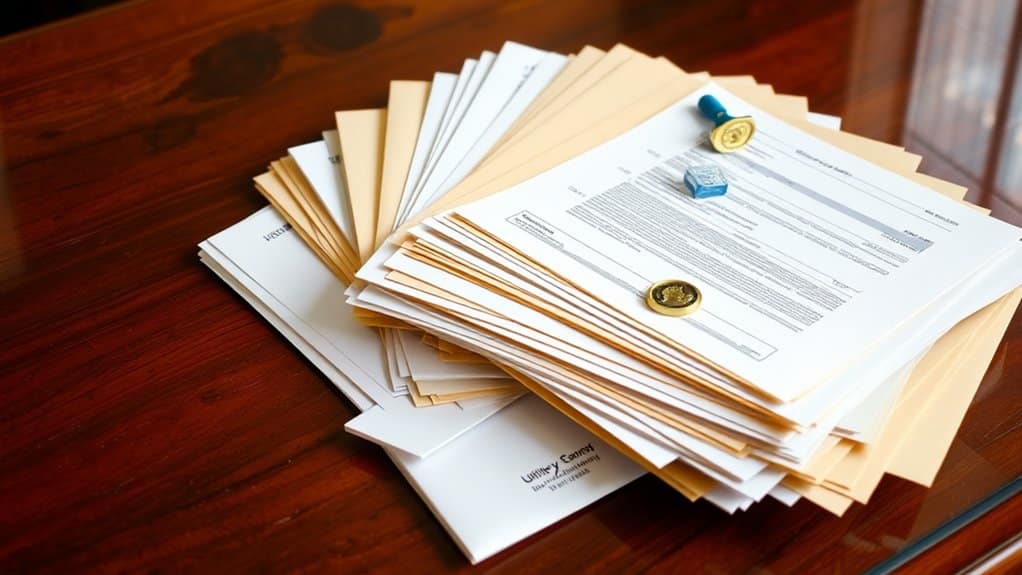
Every utility provider requires specific documentation before setting up your services in New York.
You'll need to prepare several items for application verification, including your Social Security number or government-issued ID, and complete contact information. Additionally, you must provide residency proof through a lease agreement or landlord letter.
When submitting your application, you'll also need your service address details, including the unit number and ZIP code, along with your preferred start date.
If you're transferring service from another location, have your previous account numbers and provider information ready.
Don't forget to include your bank account or credit card information for payment setup, and be prepared to show documentation for any special services or payment arrangements you'll need at your new home.
Money Saving Tips
Living in New York can strain your budget, but implementing smart energy-saving strategies will greatly reduce your utility costs.
Start by scheduling energy audits to identify areas where you're losing money through inefficient energy use. You'll find many utility companies offer rebates when you upgrade to ENERGY STAR appliances or install smart thermostats.
Set your thermostat to 68 degrees in winter and 78 degrees in summer to save up to 10% annually. You can also seal gaps around windows and doors with weatherstripping, install LED bulbs, and run appliances during off-peak hours.
For long-term savings, consider solar panels, which qualify for state incentives and tax credits. Additionally, being aware of different utility providers' rates can help you find more affordable plans in your area.
Don't forget to check different utility providers' rates, as you might find more affordable plans in your area.
Conclusion
Setting up utilities in your New York home doesn't have to feel like climbing Mount Everest in flip-flops. By following this guide's checklist, you'll navigate the process smoothly and avoid common pitfalls that could leave you in the dark. Remember to start early, gather your documents, and compare service providers for the best rates. With proper planning and timing, you're now ready to transform your new space into a fully functioning home.

